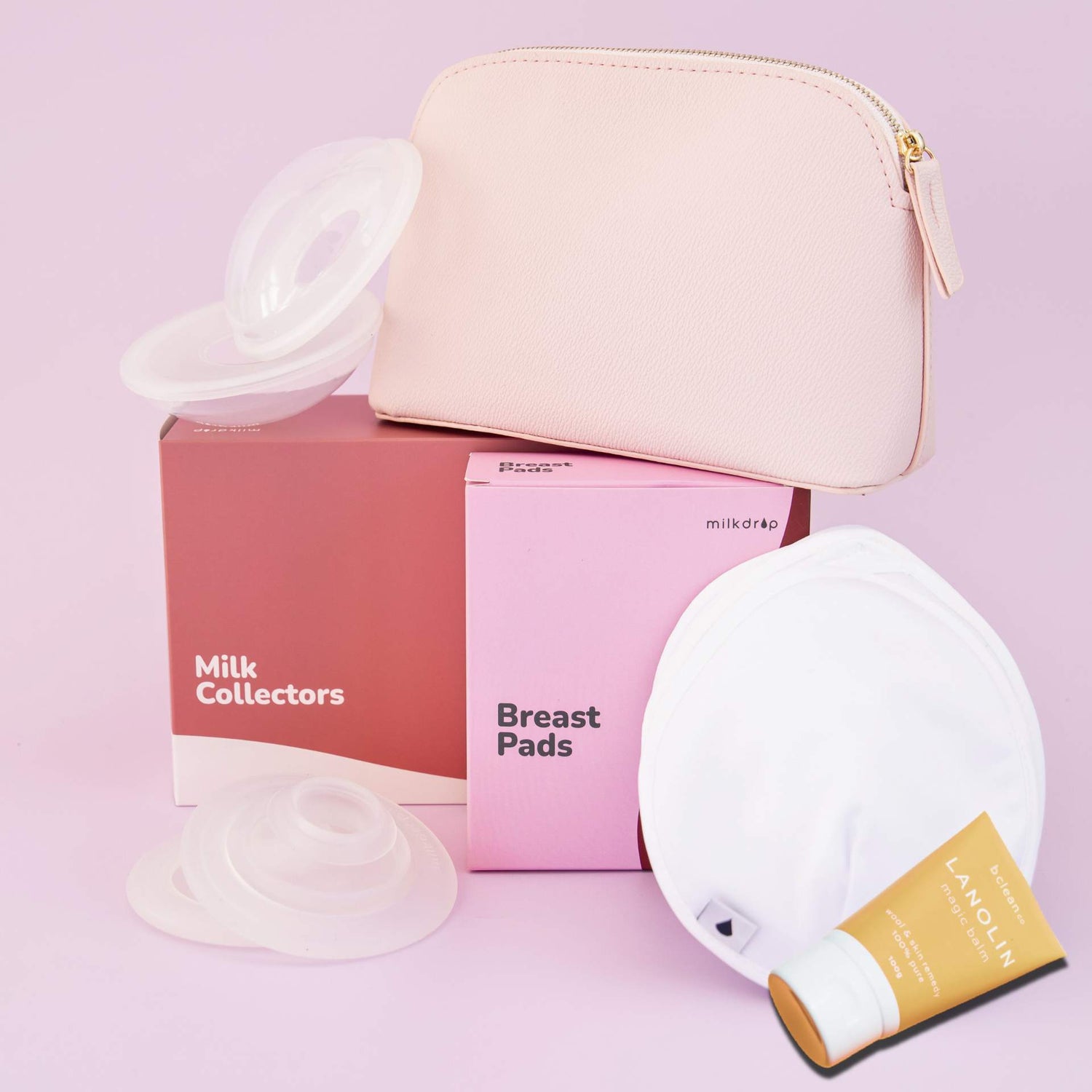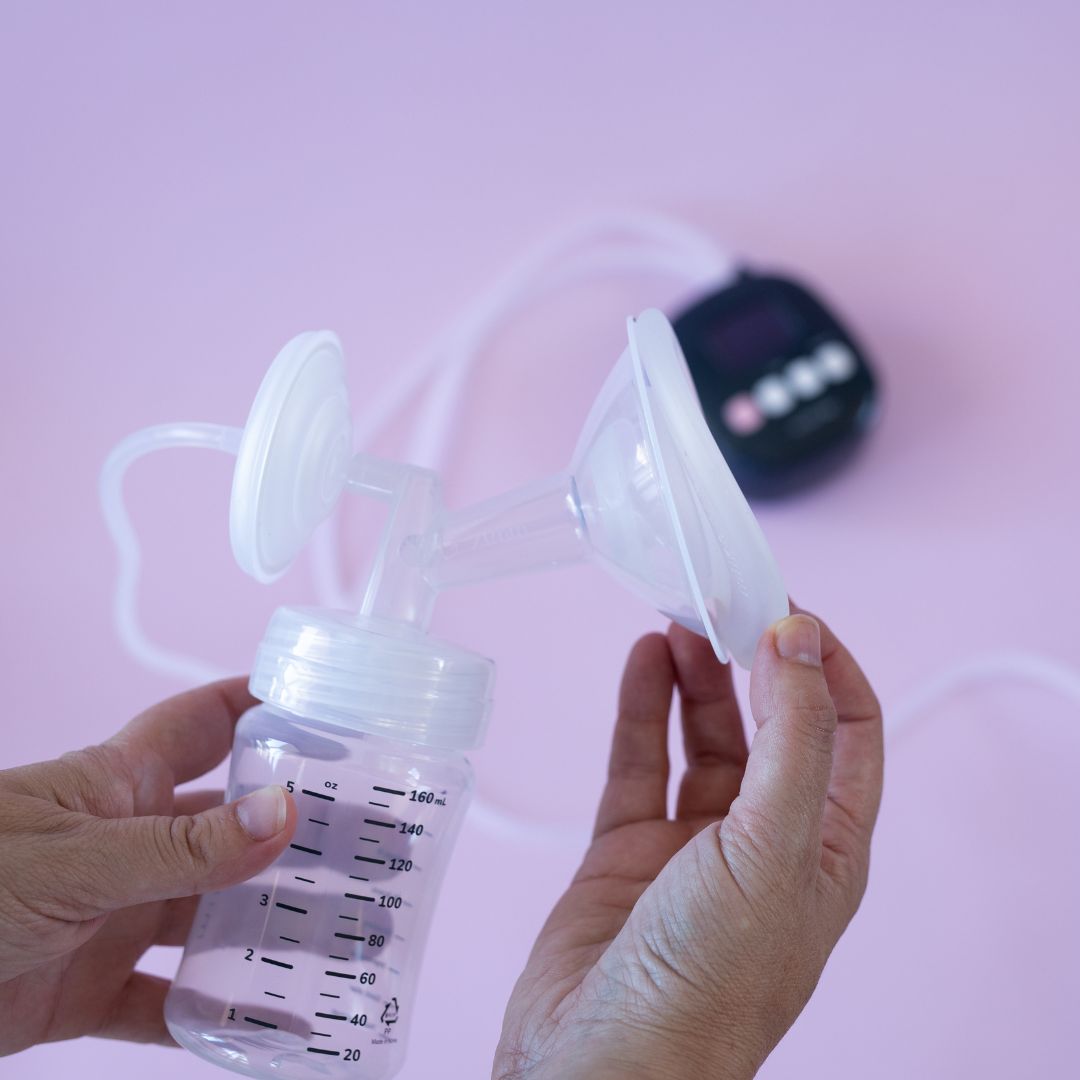Perhaps you have been planning to pump since pregnancy - or maybe you’ve just found yourself needing to express milk unexpectedly. Either way, it can feel like a whole new world; one that isn’t discussed enough in our society. This often makes women feel confused or unprepared when faced with needing to pump. So, if you're a breastfeeding mother who wants to use a breast pump, or pregnant and planning ahead, we’ve compiled a step-by-step guide to help you pump milk.
Choose a breast pump
There are many different types of breast pumps available, including manual pumps, battery-operated pumps, and electric pumps. Consider your lifestyle and the frequency of pumping when choosing a pump. What works for your friend may not suit you, so do your research and consider what will be the greatest help for you.
Set yourself up for success
Follow your pump’s instructions for assembly and ensure that all parts are securely in place. Find a comfortable spot to pump, or even set up a special pumping station.
Prepare yourself
Wash your hands and make sure your breasts are clean. You can also express a little milk to help stimulate the flow before starting the pump. It’s a good idea to grab some water and a snack to have on hand too.
Place the flange
The flange is the part of the pump that fits over your nipple and areola. Make sure the flange is the right size and is positioned correctly, with your nipple centered in the tunnel.
Turn on the pump
Start with the lowest suction setting and increase as needed. Some pumps have a "let-down" mode to simulate the feeling of a baby nursing, which can help stimulate milk flow. You will find what works best for you with practice.
Pump
Aim to pump for 10-15 minutes on each breast, or until the flow of milk slows down. This may vary for each individual, and you will come to find what timing is best for your sessions.
Store the milk
Pour the expressed milk into a clean container or breast milk bag and label it with the date and time. Store the milk in the refrigerator or freezer, following safe storage guidelines.
Remember, it may take a little time to get used to using a breast pump and to find the most comfortable and effective technique for you. If you're experiencing difficulties, it's important to speak with a lactation consultant or your healthcare provider for personalised advice❤️



